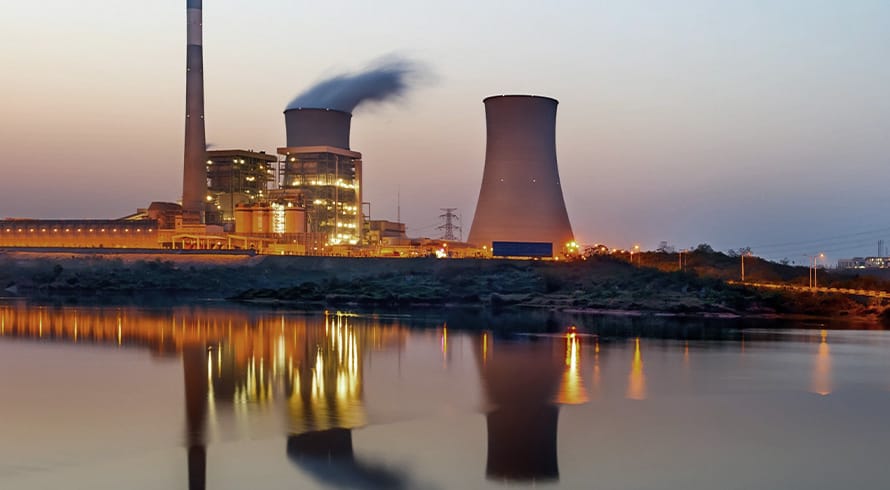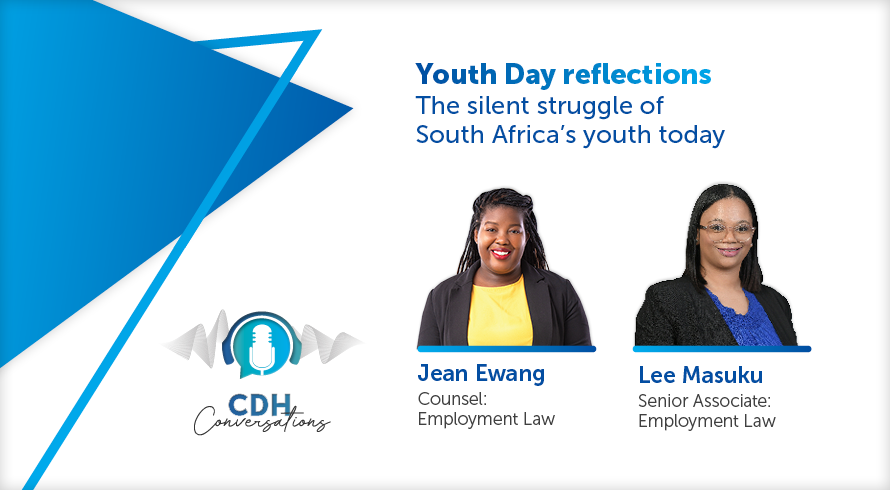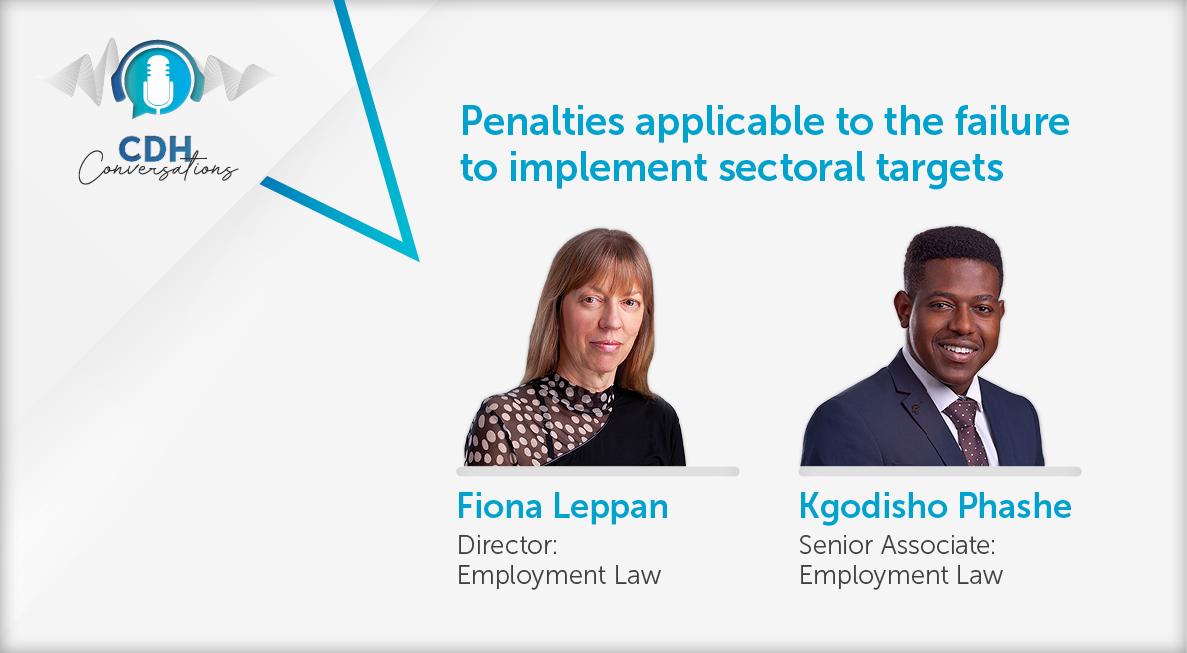Guidelines on the Administration of Incidents: A plus for preventing harm to the environment, human life, and property
In upholding this duty, NEMA makes provision for the control of and responses required to the occurrence of both –
(a) ‘incidents’ in terms of section 30 of NEMA, defined to include to an unexpected, sudden, and uncontrolled release of a hazardous substance, including from a major emission, fire, or explosion, that causes, has caused, or may cause significant harm to the environment, human life, or property; and
(b) ‘emergency situations’ in terms of section 30A of NEMA, defined as a situation that has arisen suddenly that poses an imminent and serious threat to the environment, human life or property, including a ‘disaster’ as defined in section 1 of the Disaster Management Act 57 of 2002, but excluding an ‘incident’ envisaged under section 30 of NEMA.
It is vital that a person faced with the occurrence of an incident be able to draw a distinction between whether an incident constitutes an ‘incident’ under section 30 of NEMA or an ‘emergency situation’ under section 30A of NEMA, which can be a difficult feat as a matter of legal interpretation and from a technical point of view. Fortunately, the Department of Environmental Affairs (the Department) has published Guidelines on the Administration of Incidents (the Guidelines) which are intended to clarify the practical administration of incidents and to reinforce NEMA’s provisions governing the administration of incidents under section 30.
Although the Guidelines are intended to provide guidance to relevant authorities on the administration of NEMA’s section 30, they are also useful to persons needing to report on the occurrence of incidents. However, the Guidelines do not give guidance in respect of the obligations to report incidents governed by the provisions of the National Water Act 36 of 1998, or the National Environmental Management: Air Quality Act 39 of 2004.
Reporting under NEMA and the Guidelines
Section 30 of NEMA contains onerous reporting obligations. It prescribes that, after gaining knowledge of the occurrence of an incident, the responsible person or his/her employer must report it through the most effective means reasonably available. It is crucial to identify who the ‘responsible person’ is: a ‘responsible person’ is defined as any person who (i) is responsible for the incident occurring; (ii) owns any hazardous substance involved in the incident; (iii) was in control of any hazardous substance involved in the incident at the time of the incident; or (iv) his/her employer.
Two stages are envisaged for reporting of incidents, namely (i) the initial incident response stage (Initial Stage), followed by (ii) the second reporting stage (Second Stage).
The Initial Stage provided for under sections 30(1)-30(4) of NEMA focuses on the containment, clean up, remediation and preliminary assessment of the incident. Section 30(3) of NEMA requires initial notification of the incident occurring to the relevant authorities, who may include the Director-General of the Department; the South African Police Service; the relevant fire prevention service; the relevant Provincial Head of the Department or municipality; and all persons whose health may be affected by the incident.
The Second Stage provided for under section 30(5) of NEMA focuses on post-clean up assessment and reporting within 14 days of the incident occurring.
The Guidelines –
(a) provide that the occurrence of an incident is regulated by the provisions of section 30 of NEMA and the Guidelines when all the key concepts as indicated in the definition are present – in other words, there must be an unexpected loss of containment of a substance that is identified as such in the list of hazardous substances set out in the Guidelines that has or may cause significant harm to the environment, human life or property; and
(b) explain the type and extent of the information that a responsible person must provide to the relevant authorities when reporting on an incident and which must be contained in the incident reporting template annexed to the Guidelines.
It is foreseeable that, by their very nature, certain incidents may take longer than 14 days for the Initial Stage to be adequately deployed to contain the incident and minimise the effects thereof; to remedy the effects of the incident; and for an assessment of the immediate and long-term effects on the environment and public health to be conducted and completed. Regrettably, the Guidelines do not appear to clarify whether, in such circumstances, the responsible person may simply proceed with the Second Stage, or whether the responsible person must first engage with the relevant authority/ies to obtain a directive confirming that the Second Stage can be proceeded with.
It is noteworthy that the relevant authorities are empowered by NEMA to take measures they consider necessary to contain and minimise the effects of the incident. This includes undertaking clean-up operations and claiming reimbursement of all reasonable costs incurred by the relevant authorities in doing so from every responsible person (on a joint and several basis) in instances where –
(a) the responsible person(s) fails to comply with the provisions of section 30 of NEMA;
(b) the responsible person(s) fails to comply with a directive issued by the relevant authority/ies;
(c) the identity of the responsible person(s) is uncertain; and/or
(d) there is an immediate risk of serious danger to the public or potentially serious detriment to the environment.
Non-compliance with the provisions of section 30 of NEMA is an offence bearing criminal liability and is taken seriously by the relevant authorities, with the penalty for non-compliance being liability upon conviction to a fine of up to R10 million and/or imprisonment for a period up to ten years.
Lessons from past experience
Determining the identity of the responsible person(s) following the occurrence of an incident may prove difficult where multiple parties are involved in a particular set of circumstances. Take for example the scenario where a fuel storage tank installed at leased premises springs a leak and contaminates the surrounding environment. In such a scenario, a dispute may arise between the lessee, the landowner and/or the company responsible for installing the fuel storage tank, pipes and ancillary infrastructure as to (i) which party/ies was responsible for the occurrence of the incident; (ii) who must take responsibility for reporting the incident; (iii) which party/ies bears responsibility for remediation and the costs thereof. This has the potential to result in lengthy and costly litigation.
It is also frequently difficult for responsible persons to obtain the contact details of all the parties who must be notified of the occurrence of an incident.
Furthermore, responsible persons may encounter challenges when attempting to engage with the responsible authorities to secure their co-operation and guidance following the occurrence of an incident. In such circumstances, it would be advisable for responsible persons to obtain legal advice so as to limit their potential legal liability to the extent possible and, if necessary, pursue the necessary course of action to obtain the necessary assistance from the responsible authorities, while at all times, observing their duty of care and taking a precautionary approach.
On mitigating risk –
- in the context of leasing immovable property, if it is known that a lessee will be storing dangerous goods or hazardous substances on leased premises, our recommendation is that the landowner obtain an indemnity from the lessee against any responsibility (reporting and associated mitigation costs) that may arise as a result of any incidents occurring on the leased premises due to the lessee’s negligence or fault. Furthermore, landowners are advised to inform their lessees in writing of their obligations under section 30 of NEMA in the event that an incident occurs, although a landowner would still be subject to its duty of care as property owner under section 28 of NEMA; and
- in the context of due diligence investigations, if it is noted that dangerous goods or hazardous substances have been/are being stored on a particular premises, our recommendation would be that the potential risks associated with the possibility of an incident occurring, or – in instances where an incident has previously occurred – the possibility of the land being contaminated, and the issues and potential liability that may flow from such incident occurring be noted.
The information and material published on this website is provided for general purposes only and does not constitute legal advice. We make every effort to ensure that the content is updated regularly and to offer the most current and accurate information. Please consult one of our lawyers on any specific legal problem or matter. We accept no responsibility for any loss or damage, whether direct or consequential, which may arise from reliance on the information contained in these pages. Please refer to our full terms and conditions. Copyright © 2025 Cliffe Dekker Hofmeyr. All rights reserved. For permission to reproduce an article or publication, please contact us cliffedekkerhofmeyr@cdhlegal.com.
Subscribe
We support our clients’ strategic and operational needs by offering innovative, integrated and high quality thought leadership. To stay up to date on the latest legal developments that may potentially impact your business, subscribe to our alerts, seminar and webinar invitations.
Subscribe




